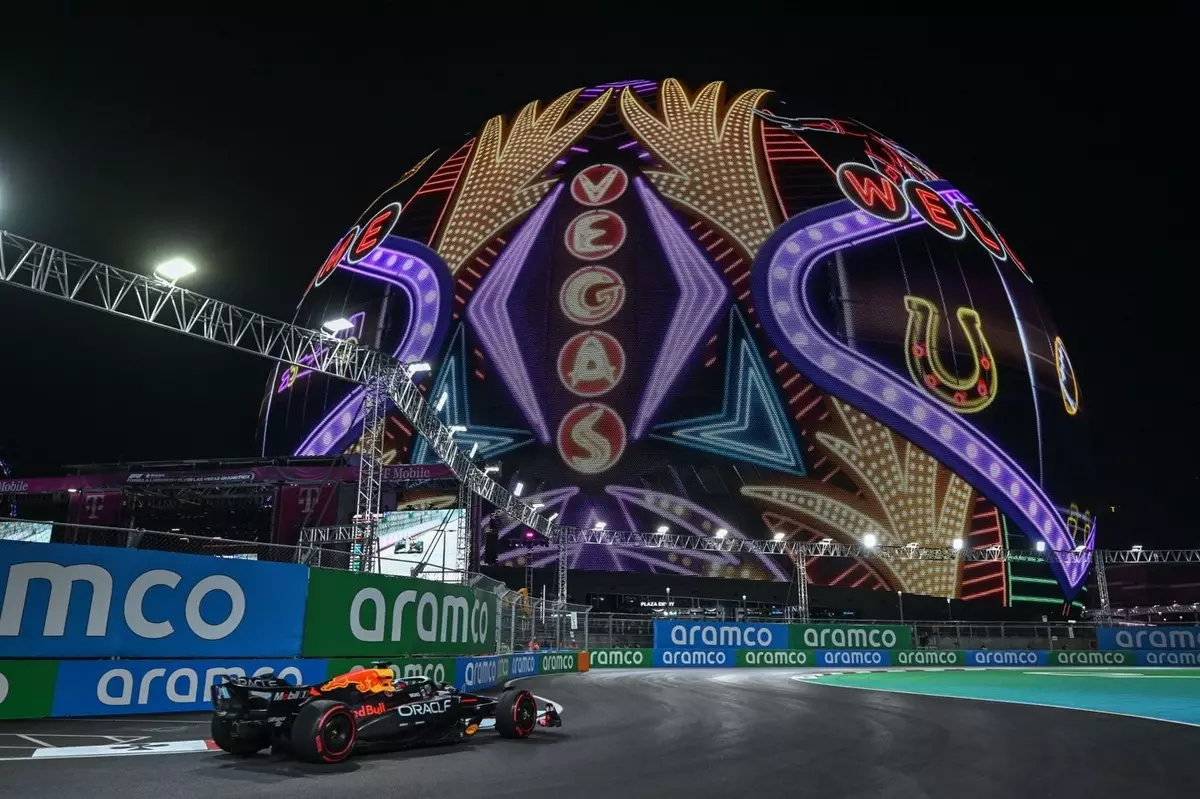The Formula 1 calendar continues to evolve, and with it comes the 2025 Las Vegas Grand Prix’s noteworthy adjustment in scheduling. The decision to bring the start time two hours earlier, shifting from a 10 PM to an 8 PM local time, marks a significant change aimed at maximizing viewership and minimizing disruption for both the event and the city itself. This article delves into the implications of this timing shift, its rationale, and what this means for fans, participants, and the overall F1 spectacle.
One of the primary drivers behind this alteration is the desire to increase accessibility for fans, particularly those on the east coast of the United States. Starting the race at 8 PM PST (Pacific Standard Time) means that viewers from New York will be able to enjoy the thrilling action at a more sociable 11 PM local time, rather than the midnight schedule imposed by the previous start time. This move is anticipated to improve both live attendance and television ratings, as it strategically positions the race to be more accommodating for a broader demographic.
In contrast to the earlier races during the Las Vegas Grand Prix’s return—both held in 2023 and 2024, which started at 10 PM—this adjustment aligns the race calendar more closely with other popular night races, such as those in Jeddah and Singapore. The synchronization of start times is crucial in establishing a rhythm for fans who follow several races throughout the season, offering them predictably timed events and reducing the cognitive load associated with varying schedules.
Another reason for the time change is the need to limit disruptions in the host city of Las Vegas. The logistical challenges of holding a major race in a bustling urban center often pose problems, particularly concerning road closures and traffic management. Previously, the late evening races required extensive street closures both days prior and during the event, impeding local traffic and businesses.
In 2025, the adjustments made from feedback gathered during the first two iterations of the Las Vegas Grand Prix aim to create a more harmonious relationship between the city and the event organizers. By starting the race earlier, the hope is to efficiently manage the flow of foot and vehicle traffic, allowing residents and visitors to experience the unique ambiance of the Strip without excessive obstruction and chaos.
In terms of fan experience, the decision to shift the start time was influenced by insights reflecting the needs and desires of the audience. As the Las Vegas Grand Prix continues to attract attention after a lengthy hiatus from the F1 calendar, its ability to engage with fans is critical for its longevity. The statement from a spokesperson for the LVGP emphasized the importance of expanding opportunities for fans to explore Las Vegas while ensuring that they remain engaged with the race itself.
This nuanced approach combines the excitement of F1 racing with the allure of Las Vegas as a tourism destination. As fans are now encouraged to enjoy the city before the race without the burden of a late-night schedule, this shift serves to enhance the overall excitement surrounding the event.
The timing modification for the Las Vegas race coincides with changes across the broader F1 calendar, particularly in the Middle East. With Ramadan impacting scheduling for both Bahrain and Saudi Arabian races in March 2025, there is a significant global consideration in play. Shifting the Las Vegas race to an earlier start reflects a more unified approach within the calendar, accommodating different demographics and maximizing engagement across various time zones.
Moreover, with the Australian GP reinstated as the season opener and scheduled for 4 AM in the UK, the racing world continues to adapt to external events while seeking to preserve traditional fan experiences. The synchronized start times and careful planning hint at a concerted effort to maintain F1’s worldwide prestige.
The anticipation surrounding the 2025 Las Vegas Grand Prix is already burgeoning, in part fueled by the strategic adjustments to its scheduling. By aligning with other night races, reducing local disruptions, and enhancing the fan experience, the Formula 1 organization demonstrates a commitment to evolving the sport in ways that cater to both local and global audiences. As these changes unfold, one can only hope the 2025 race sets a precedent for future events, reinforcing Las Vegas’s place on the F1 map and contributing to the legacy of motorsport.

